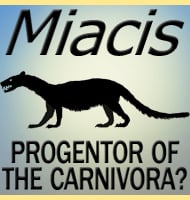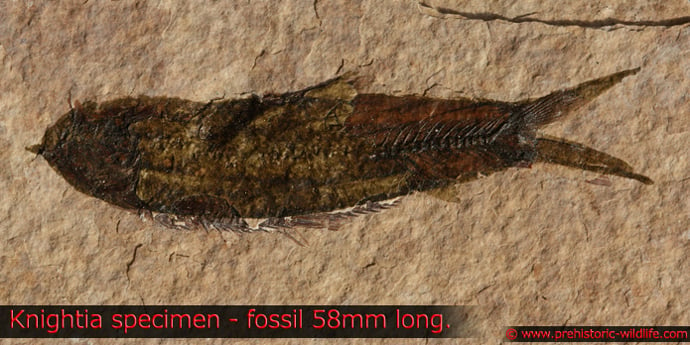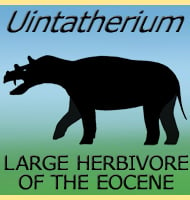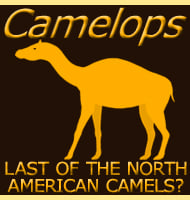


*SPECIAL NOTE* - Since being uploaded, Brontotherium is now more widely perceived to be synonymous with Megacerops. This page remains online for archive purposes.
Brontotherium
Name:
Brontotherium
(Thunder beast).
Phonetic: Bron-toe-fee-ree-um.
Named By: Othniel Charles Marsh - 1873.
Classification: Chordata, Mammalia,
Perissodactyla, Brontotheriidae.
Species: B. gigas (type),
B.
leidyi, B. hatcheri, B. ingens, B. platyceras.
Diet: Herbivore.
Size: 2.5 meters tall at the shoulder.
Known locations: USA.
Time period: Late Eocene to early Oligocene.
Fossil representation: Many specimens.
Brontotherium
like with many other ancient animals such as Paraceratherium
has
undergone a lot of controversial reclassification with many
palaeontologists considering it a species of Megacerops.
Although
this is not universally accepted, the two genera are very close to
one another in form, and both have a Y-shaped nasal horn that most
probably served as a display feature. Many Brontotherium
individuals
have been found in deposits of volcanic ash which not only indicates
that the area they lived in was geologically active, but that these
mammals lived in groups.
Brontotherium
is the type
genus of the Brontotheriidae, and like other members of this group of
mammals they resembled modern rhinos in both form and ecological
niche. Like in some related mammals, Brontotherium
had greatly
enlarged neural spines rising up from the forward dorsal vertebrae
which served as attachment points for the powerful neck muscles that
supported the head. Remains of these beasts have also been identified
as the thunder horses that exist in Native American culture.
----------------------------------------------------------------------------
Random favourites
 |
 |
 |




